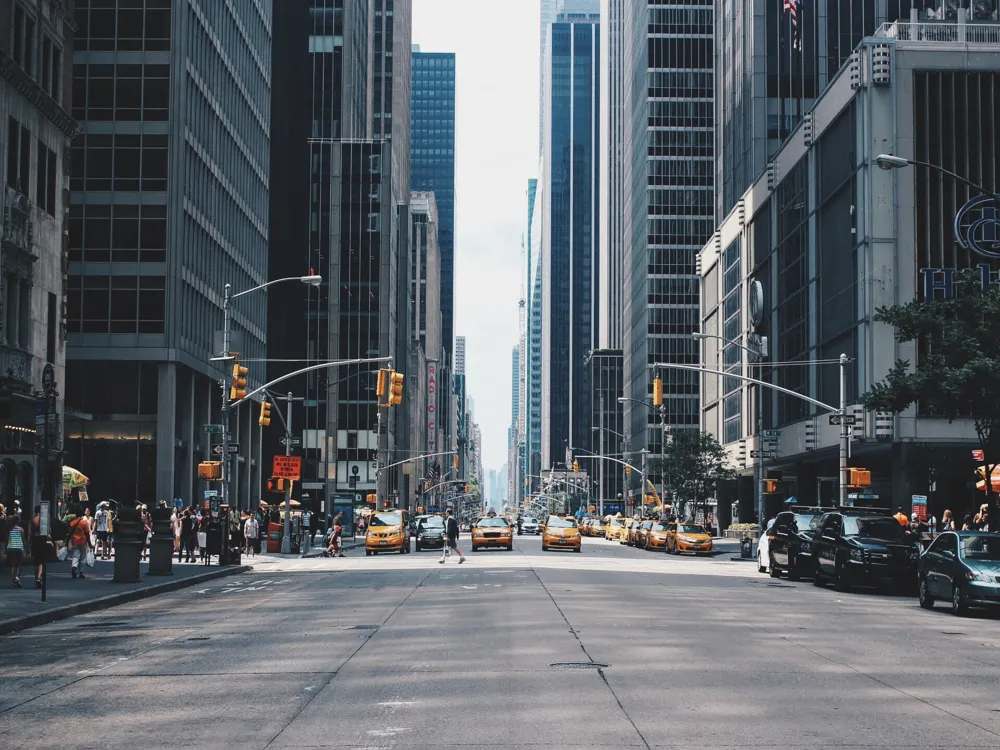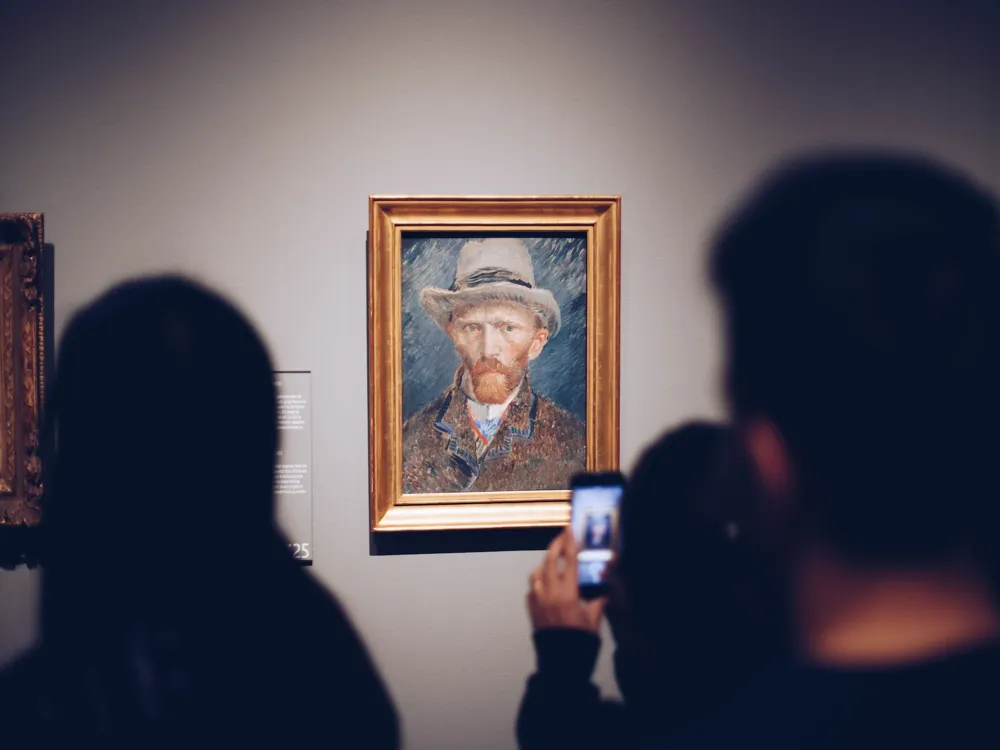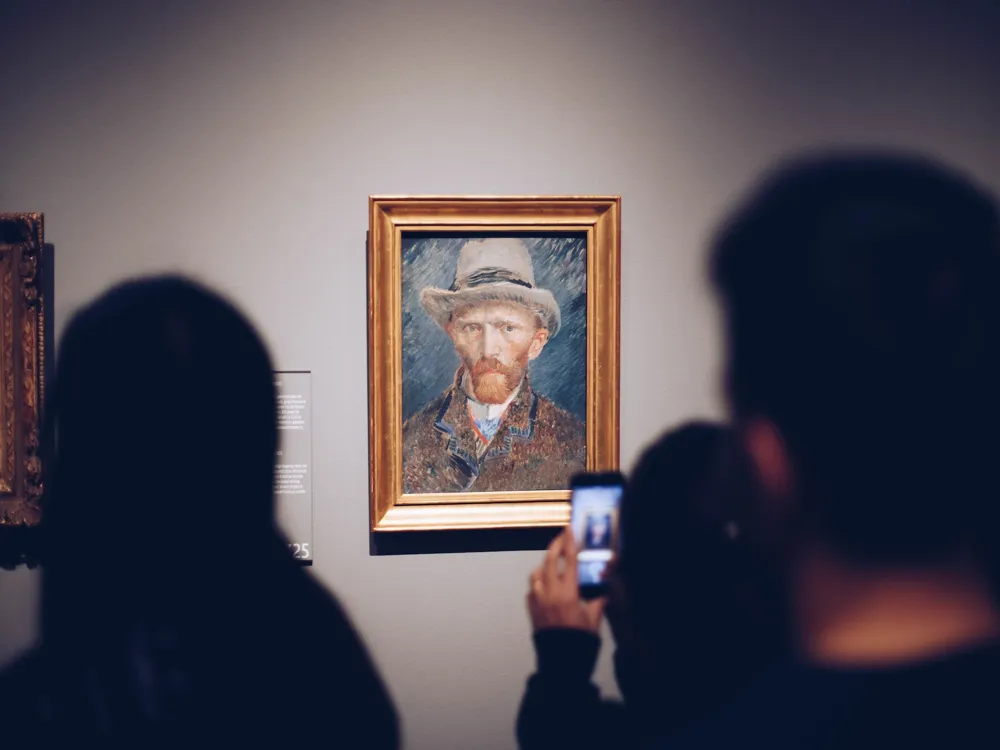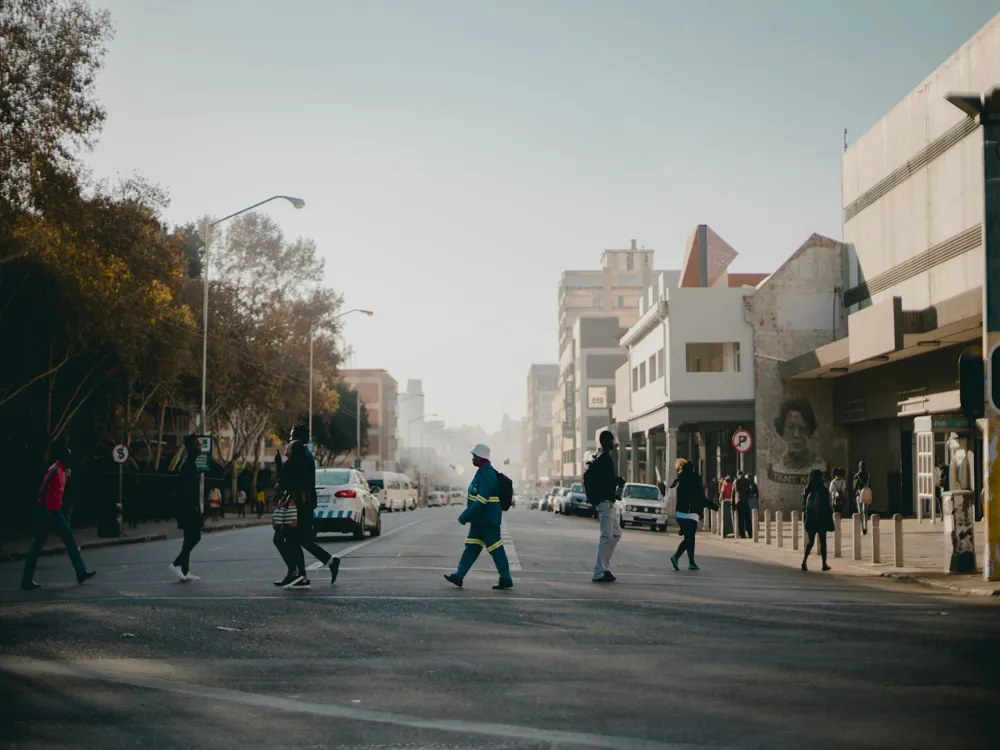The Apartheid Museum, located in Johannesburg, South Africa, stands as a beacon of truth in the landscape of the country's turbulent past. Established in 2001, it's dedicated to illustrating the rise and fall of apartheid, the system of racial segregation that governed South Africa from 1948 to 1994. This museum is not just a historical site but a profound experience, offering a journey into the heart of South Africa's struggle for freedom and equality. The museum's architecture and exhibits are thoughtfully designed to evoke emotional responses and provoke thought. Upon entering, visitors are randomly assigned a racial group – white or non-white – and are required to enter through the corresponding entrance, immediately immersing them in the experience of apartheid. The exhibits are comprehensive, with poignant displays of photographs, film footage, text panels, and artifacts that narrate the story of apartheid from its early days, through its peak, and its eventual collapse. Visitors will encounter a variety of exhibits, each focusing on different aspects of apartheid. These include the segregation of public facilities, the resistance movements, the rise of black consciousness, and the role of the international community. The museum also offers a reflection on the life of Nelson Mandela, showcasing his journey from a young activist to becoming South Africa's first black president. The Apartheid Museum is not only a place of memory and learning but also a space that encourages dialogue and reflection on issues of human rights, dignity, and forgiveness. It serves as a reminder of the atrocities of apartheid, the resilience of the human spirit, and the ongoing journey towards a more equitable society. The architecture of The Apartheid Museum in Johannesburg is a poignant reflection of the era it represents. Designed by a multi-disciplinary team of architects, it embodies the ethos of apartheid itself, while also symbolizing the hope and resilience that overcame it. The building's design is a physical manifestation of the segregation and reunification narrative that defined South Africa's history. The museum is structured into two main paths that visitors can follow, representing the racial divide of apartheid: one for 'Whites' and the other for 'Non-whites'. This segregation in design immerses visitors in the experience of apartheid as soon as they enter the museum. The paths eventually converge, symbolizing the country's journey towards reconciliation and unity. The use of raw materials such as rusted steel, concrete, and red brick throughout the museum serves as a metaphor for the harsh realities of apartheid. These materials are intentionally unrefined and industrial, reflecting the oppressive nature of the apartheid regime. The layout of the museum is intentionally labyrinthine, symbolizing the complex and often bewildering nature of apartheid's laws and regulations. Natural light is used strategically throughout the museum to create an interplay of light and shadow, which adds to the emotional impact of the exhibits. The museum's gardens and water features offer a place of reflection and respite, reminding visitors of the possibility of growth and renewal after a period of darkness and oppression. In summary, the architecture of The Apartheid Museum is not just a backdrop for the exhibits but an integral part of the storytelling. It is a powerful, tangible representation of apartheid's legacy and a tribute to the resilience and spirit of those who fought against it. Allocate at least 2-3 hours for your visit to fully immerse yourself in the museum's exhibits. It's recommended to start early to avoid crowds and have a more contemplative experience. Consider booking a guided tour for a more insightful experience. Guides offer personal stories and deeper context to the exhibits, enriching your understanding of apartheid's impact. Remember, the museum is a place of reflection and learning about a sensitive and painful part of history. Respectful, quiet behavior is expected throughout your visit. Engage with the interactive exhibits. They are designed to provide a deeper understanding of apartheid through personal experiences and perspectives. Take time to visit the museum's outdoor spaces, which are designed for reflection and contemplation. These areas provide a necessary break from the intense emotional content of the exhibits. The Apartheid Museum is located in Northern Parkway and Gold Reef Road, Johannesburg. It's easily accessible by various modes of transportation. For those driving, the museum has ample parking space. Public transportation options include buses and taxis, which are readily available in Johannesburg. For international visitors, the nearest airport is the O.R. Tambo International Airport, from where you can hire a car or take a taxi to the museum. For a hassle-free experience, consider using a ride-sharing service or booking a tour that includes transportation to the museum. Read MoreOverview of The Apartheid Museum of Johannesburg
Architecture of The Apartheid Museum
Tips When Visiting The Apartheid Museum
Plan Your Visit
Guided Tours
Respectful Behavior
Interactive Exhibits
Reflective Spaces
How To Reach The Apartheid Museum
The Apartheid Museum
Johannesburg
₹ 49,000 onwards
View johannesburg Packages
Weather :
Tags : Museum
Timings : Tuesday - Sunday: 9:00 AM - 5:00 PM Closed on Monday
Entry Fee : ZAR 50
Planning a Trip? Ask Your Question
Johannesburg Travel Packages
View All Packages For Johannesburg
Top Hotel Collections for Johannesburg

Private Pool

Luxury Hotels

5-Star Hotels

Pet Friendly
Top Hotels Near Johannesburg
Other Top Ranking Places In Johannesburg
View All Places To Visit In johannesburg
View johannesburg Packages
Weather :
Tags : Museum
Timings : Tuesday - Sunday: 9:00 AM - 5:00 PM Closed on Monday
Entry Fee : ZAR 50
Planning a Trip? Ask Your Question
Johannesburg Travel Packages
View All Packages For Johannesburg
Top Hotel Collections for Johannesburg

Private Pool

Luxury Hotels

5-Star Hotels

Pet Friendly






















